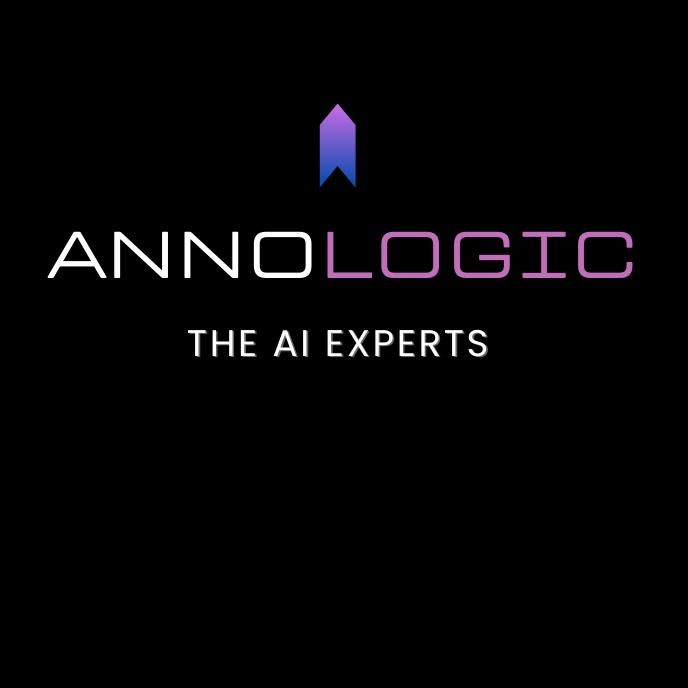Blog

Many business stakeholders fear that artificial intelligence might threaten their operations. However, the real challenge comes from competitors who leverage data science. Falling behind in data technologies will hurt your business. A data-driven business bases its processes and decisions primarily on data, rather than solely relying on experience and intuition. It is important to point out that data-driven businesses also take advantage of business experience but not at the expense of the story being told by their business data. These businesses use their experience to interpret insights derived from data and its associated technologies. There are various extents to which a business can be data-driven and for practical purposes, they are categorized into the following 3: Data-Awareness: These businesses recognize the value of data and might even be inspired to start some basic data collection and reporting systems but in a limited scope, usually with a focus on the accounting department. For these companies, decision-making is still primarily based on intuition and business experience rather than data analysis often due to the lack of infrastructure, a data culture or the expertise to fully utilize data. Data-Proficiency: These companies make use of advanced data collection and analysis in the decision-making process across various departments of the business resulting in better strategies and increased profits. There may still be areas of the business where data is still underutilized. Data-Driven: These businesses fully embrace a data culture and have data at the core of decision-making in every aspect of the business. Beyond making use of sophisticated tools for data collection, processing, analysis and reporting, they leverage data to: Understand customer behavior Enhance and personalize customer experience Optimize business processes Make accurate forecasts for even the most complex systems Drive business innovation Assess and manage risks These businesses realize the huge competitive advantages that data analysis, automated reporting, machine learning and artificial intelligence make possible. Join the ranks of data-driven businesses and harness the power of data. Contact Annologic today at inquiries@annologic.com.

𝐋𝐚𝐫𝐠𝐞 𝐥𝐚𝐧𝐠𝐮𝐚𝐠𝐞 𝐦𝐨𝐝𝐞𝐥𝐬 have become a trend from the late 2010s when developers capitalized on the breakthroughs in Transformer models by Google to reveal the power of large-scale language models. This led to improvement in language tasks with models understanding context and nuance in human languages coupled with the ability to generate coherent and contextually relevant text. This trend has continued its ascendency with OpenAI’s Generative Pre-trained Transformer 3 (GPT-3) model which showcases human-like text generation capabilities, leading to widespread adoption and exploration of commercial applications. If you are looking to explore some of these commercial applications for your business, Annologic has got you covered with the following: • Customer service chatbots • Content creation and copywriting • Legal and compliance analysis • Healthcare support • Language translation and localization • Financial Analysis • Personalized recommendations • Research and Data Analysis You do not need to overthink how to get your business to benefit from these applications. Annologic has got services to help you every step of the way in taking advantage of this technology through the process of LLM fine-tuning. • 𝐃𝐚𝐭𝐚 𝐩𝐫𝐞𝐩𝐚𝐫𝐚𝐭𝐢𝐨𝐧: identifying use cases relevant to your business and the specific technical or business-specific documents required. • 𝐃𝐚𝐭𝐚 𝐀𝐧𝐧𝐨𝐭𝐚𝐭𝐢𝐨𝐧: tagging collected data according to specific use cases (e.g., tagging customer service queries with their intents) • 𝐂𝐡𝐨𝐨𝐬𝐢𝐧𝐠 𝐚 𝐏𝐫𝐞-𝐓𝐫𝐚𝐢𝐧𝐞𝐝 𝐌𝐨𝐝𝐞𝐥: making a suitable choice based on requirements such as model size, complexity, and domain alignment.. • 𝐅𝐢𝐧𝐞-𝐭𝐮𝐧𝐢𝐧𝐠: Training chosen model on annotated data while extensively optimizing hyperparameters. • 𝐌𝐨𝐝𝐞𝐥 𝐓𝐞𝐬𝐭𝐢𝐧𝐠: evaluating the performance of the fine-tuned model using a validation data set and in real-world scenarios similar to the intended use case. • 𝐌𝐨𝐝𝐞𝐥 𝐈𝐧𝐭𝐞𝐠𝐫𝐚𝐭𝐢𝐨𝐧: incorporating the fine-tuned model into your business workflow, such as integrating it into software applications and customer service platforms.
